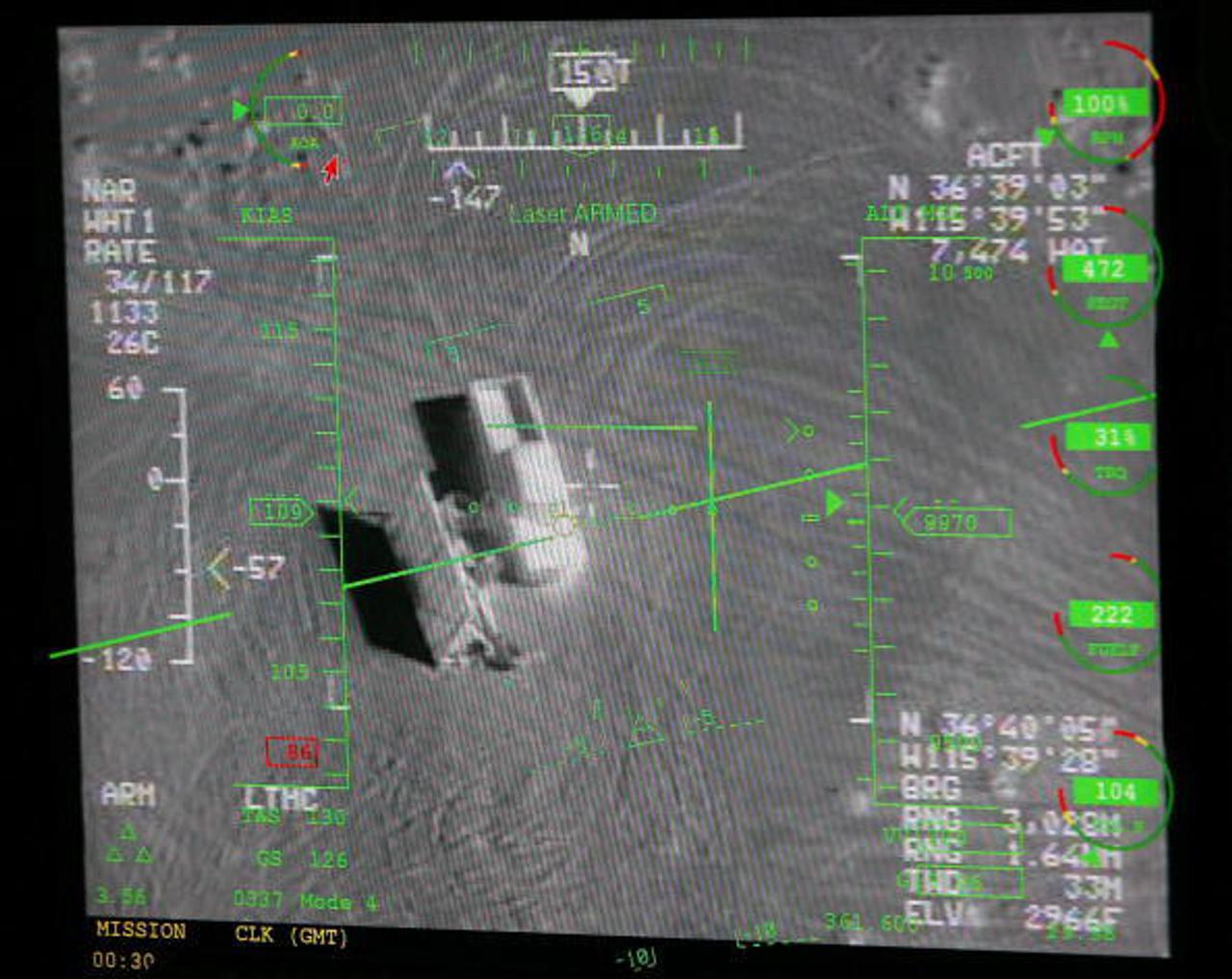
Identifying the companies involved in Pentagon drone operations: The contracts, how we got the data
Image feed from Reaper at Creech Air Force Base (Ethan Miller/Getty)
The Bureau has published its long read feature of this investigation here
The Bureau’s news story of this investigation is here
The Bureau’s investigation of private sector involvement in the Pentagon’s drones targeting operations took six months of painstaking research aided by a specially designed programming tool and a purpose-built database.
Our four years of award-winning work monitoring US drone strikes in Pakistan, Afghanistan, Somalia and Yemen had alerted us to the possible use of private contractors in this area.
Identifying the companies was another matter: we had to trawl through more than eight million transaction records published by the US Department of Defense for the years 2009 to 2014.
Each of the eight million records had over fifty fields. The sheer volume of the data meant that we had to use the techniques of computational journalism to make sense of it. We had to upload the records into our own database and analyse them using queries written in the programming language SQL.
By a long process of filtering and cross-referencing, we whittled the data down to the group of records that we were most interested in.
Each record includes a description of goods or services purchased, the sum of money paid for them, which branch of the DoD is paying, and which company is providing them. Each transaction is tied to a particular contract number or an item within an umbrella contract.
We wrote queries to pinpoint transactions involving ISR (intelligence, surveillance and reconnaissance) and to determine which contracts they related to.
We then searched for these contracts in the US government’s Federal Business Opportunities (FBO) database – which contractors use to find work opportunities – and downloaded documents associated with them. Where such documents were not available, we made Freedom of Information requests.
We also searched common recruiting portals such as LinkedIn, Indeed and Glassdoor for keywords relating to ISR and screening functions. We located job advertisements and profiles of individual employees and compared them to the companies we had found through the transaction records.
These employment profiles often go into fine-grained detail about tasks carried out by company employees while embedded with the military. Where we have quoted from or referred to examples, we have done so without identifying individuals.
In eight cases, we were able to obtain both transaction records and contracting documents outlining what companies were doing.
In three cases, although recruitment information and other published material showed that companies were providing video analysts to the military, we did not locate corresponding transaction data.
This could indicate that the functions they carried out were performed within umbrella contracts and are not clearly specified in transaction records, or that those companies were working as subcontractors rather than prime contractors. Alternatively, it could mean that the transactions have been classified.
Glossary of Terms
Afsoc – Air Force Special Operations Command
CAP – Combat Air Patrol, the ability to observe a particular spot for 24 hours
FMV – Full Motion Video
IMINT – Imagery Intelligence
ISR – Intelligence, Surveillance, Reconnaissance
mIRC – an Internet Relay Chat communications system used by the US military
OCO – Overseas Contingency Operations, formerly known as the War on Terror
PED – Processing, Exploitation and Dissemination of intelligence data
Socom – Special Operations Command




